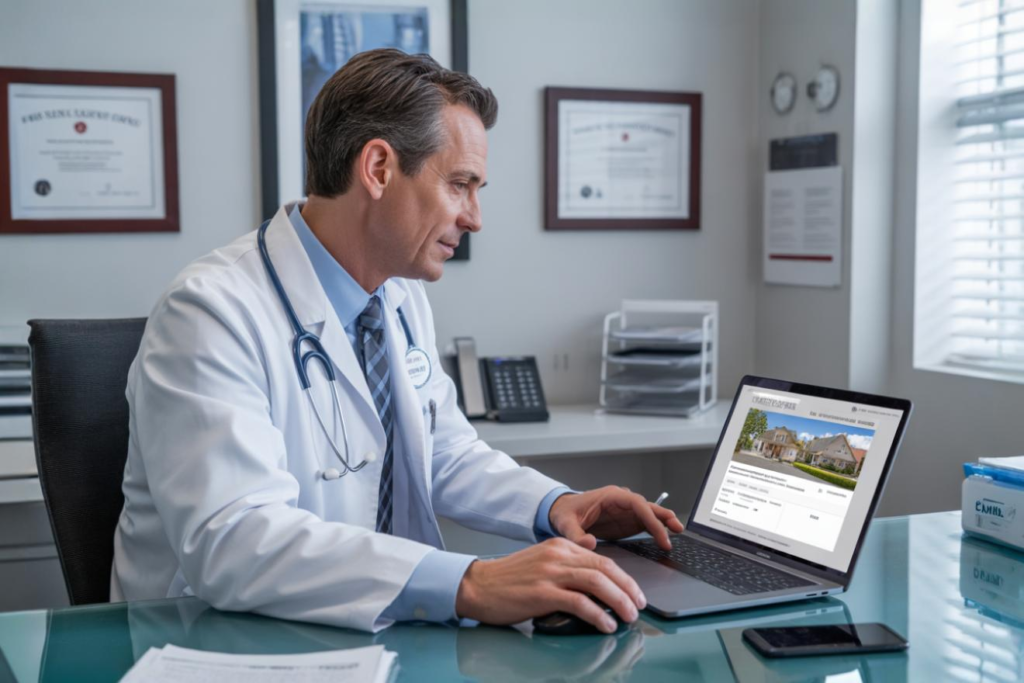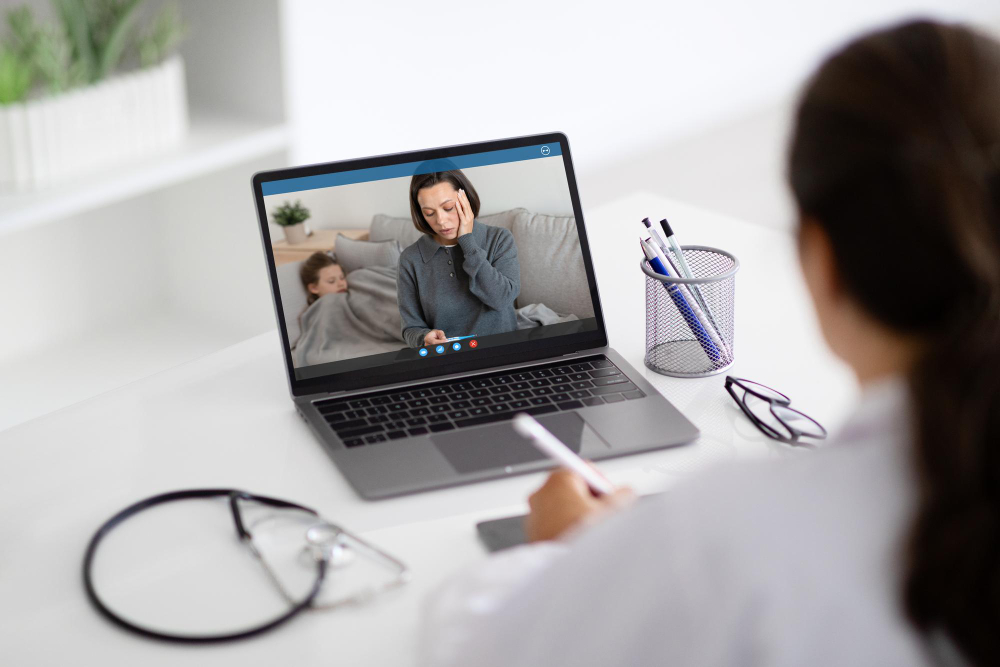Physicians
CategoryThe New Wealth Strategy for Doctors: How Physicians Are Building Passive Income
Doctors are turning to passive income more than ever, and the numbers show it – 4 in 10 physicians now run side businesses while practicing medicine. The results are eye-opening: 75% of these doctors find their alternative income streams just as r…
From Residency to Practice: Strategies Doctors Use to Find the Best Jobs
The path to securing a medical position comes with unexpected twists and turns. Doctors today face unique challenges in the competitive medical world. Research shows a surprising fact – 70% to 80% of physician positions never appear online. These …
Proven Healthcare Social Media Strategy: Build Your Medical Brand in 30 Days
In today’s digital age, over 60% of U.S. adults use social media to search for health-related information, and healthcare decisions are increasingly influenced by these platforms
The numbers tell an interesting story. About 90% of healthcare orga…
Hospital Acquisition Reality Check: Are Independent Physicians Becoming Extinct?
The American healthcare system has dramatically altered the map over the last 20 years. Statistics show 1,519 hospital mergers, with 680 of them happening since 2010. The number of general surgeons has grown by 3%, yet individual practices have dr…
The Explosive Growth of Specialty Telemedicine: What Every Provider Needs to Know Now
The COVID-19 pandemic triggered an explosive growth in telemedicine. Healthcare providers saw virtual visits surge by 766% during the first three months alone . This transformation wasn’t just a temporary fix – virtual visits made up 20% of all US…
Want Fewer Patients and More Pay? Here’s Why Concierge Medicine Might Be Your Next Move
Concierge medicine is rapidly gaining traction in the United States, with an estimated 12,000 clinicians—including both physicians and advanced practice practitioners—now offering this personalized, patient-centered model of care. Unlike tradition…
What Can You Do With a Medical Degree Without Practicing? 8 Non-Clinical Career Ideas
With a quarter of physicians considering leaving clinical practice, more doctors are exploring non-clinical careers that allow them to apply their medical training in new ways. The path from patient care to non-clinical work seemed challenging two…
Networking in Healthcare: Strategies That Boost Careers and Improve Patient Care
Studies show that medical practitioners who build reliable networks get more referrals. This leads to a larger patient base and more profitable practice . Medical professionals know that our field runs on collaboration and knowledge sharing, espec…
Why Successful Clinician Onboarding Makes or Breaks Your Medical Career
Your medical career can take a dramatic turn based on how well you’re onboarded as a clinician. New physicians experience a 10% higher burnout rate during their first five years compared to seasoned colleagues . Healthcare organizations claim to h…
From Burnout to Balance: Switching to a Locum Tenens Career
A locums contract could be your best career move if you’re a healthcare professional who wants more flexibility. Our data shows that 97% of physicians and advanced practice providers say freedom and flexibility are the best parts of their locum te…










